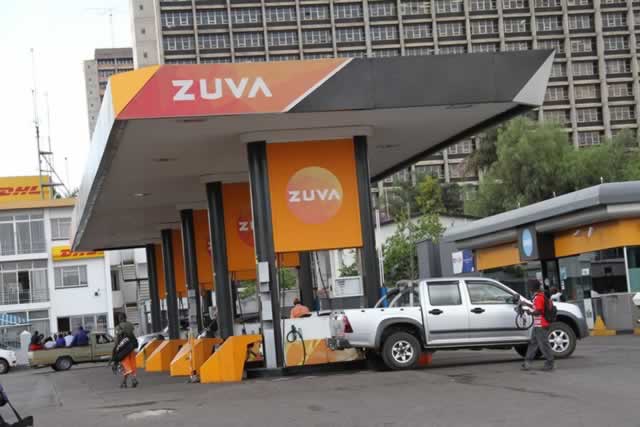How banks determine charges

 Sanderson Abel
Sanderson Abel
The term “bank charges” covers all forms of recoveries and fees made by a bank from their customers in order to cover their costs of providing services. In common parlance, the term often relates to charges in respect of personal current accounts or checking accounts. These charges may take many forms, including: monthly charges for the provision of an account; charges for specific transactions (other than overdraft limit excesses) and charges for exceeding authorised overdraft limits, or making payments (or attempting to make payments) where no authorised overdraft exists.
What are the reasons for bank charges?
The fees that banks charge their consumers serve several purposes. The first purpose is simply to be able to recover their costs of operation.
The second purpose is to modify their customers’ behaviour. Well-publicised fees can dissuade customers from partaking in an activity the bank would like to avoid, while the purpose of carefully hidden fees is generally to increase profit.
What components constitute bank charges?
Banks, like any other businesses are also feeling the pressure from the challenges that are facing the country at large.
Some of the major elements that are affecting the operations of banks include the high labour costs, high rental costs, high costs of utility services such as electricity and fuel for generators when electricity is not available and so on.
A review of the labour costs in the country shows that they are high and the cost of making labour redundant is very high due to highly restrictive retrenchment laws in the country.
Some banks continue to carry excess labour as they cannot manage the cost of retrenchments.
Erratic power supplies mean that banks have to operate their systems using alternative power sources, such as generators which are costly to run and maintain.
Customers still demand full-fledged service such as ATMs even after normal banking services and these have to be powered using alternative power sources.
In other situations banks are forced to buy water given the erratic supply of the commodity being encountered in some towns. These are part of the operational costs incurred by banks.
The majority of branches outside the major towns cannot generate enough business for them to be profitable.
The losses that are incurred by these branches are supposed to be absorbed by other branches for them to continue to operate.
The decision to allow non-profit making branches to continue operating particularly outside major commercial centres is mainly driven by the need to promote financial inclusion.
Importation of notes and coins
When a country is using its own currency, it is the duty of the Reserve Bank to provide currency to the banking system for its daily banking business.
Under the multi-currency regime, the Government should be responsible for the importation of money into the country.
Due to the current fiscal constraints and the reduced capacity of Government at present, this responsibility has been left to the Banks.
The banks are responsible for importing their own cash for operational purposes.
There are costs that are involved in importing cash into the country and these costs are currently being borne by the banks hence end up being shared with the bank clients.
Some of these costs include; transport costs, cash in transit insurance cost and security costs.
The banks need to recover these costs hence they include them as part of the bank charges whenever cash is exchanging hands between the customers and their banks.
Banks also incur costs in their normal course of doing business and these relate to cost incurred in the process of making cash available to the consumers.
These costs include maintaining security at ATMs which need to be monitored 24 /7 throughout the year. These measures are also meant to protect bank customers as they visit ATMs.
There is need for continuous provision of power to ATMs and computer systems to enable the bank clients to undertake their transactions without any hiccups.
The smooth functioning of the ATMs require constant maintenance and up to date software which also costs a bank in terms of software licensing costs incurred mostly on an annual basis or as required.
The increasing cost of NPLs
Another contributory factor that has beset the banking sector is the increasing levels of non-performing loans.
These are loans that are not being repaid according to original terms of agreement between a borrower and the lending bank.
These are imposing a huge cost on the banks as they interfere with the normal financial intermediation role of banks.
If the non-performing loans are kept on bank books and are continuously rolled over, the resources are effectively locked up in unprofitable sectors; thus, hindering the economic growth and impairing economic efficiency.
Non-performing loans increase the cost of capital for a bank and hence the cost of loans to borrowers as banks will have to alter the risk premium charged on all new loans.
What can bring the charges down?
The current bank charges are thus justifiable on the basis that banks need to remain resilient and viable in a very difficult economy.
Like any other business, cost recovery is the means that the banks are able to continuously able to provide services to their clients.
The solution to the problem of high bank charges requires that the various stakeholders in the country; the banks, legislators and regulators should play a part in resolving the above determinants of the high bank charges and interest rates and the broader structural challenges affecting economy.
◆ Sanderson Abel is an Economist. He writes in his capacity as Senior Economist for the Bankers Association of Zimbabwe.
For your valuable feedback and comments related to this article, he can be contacted on [email protected] or on numbers 04-744686 and 0772463008









Comments